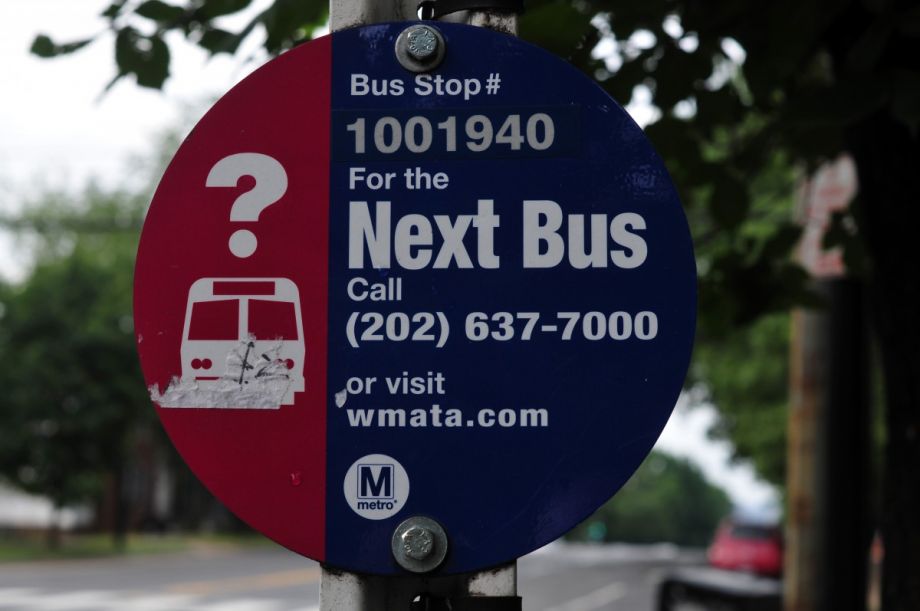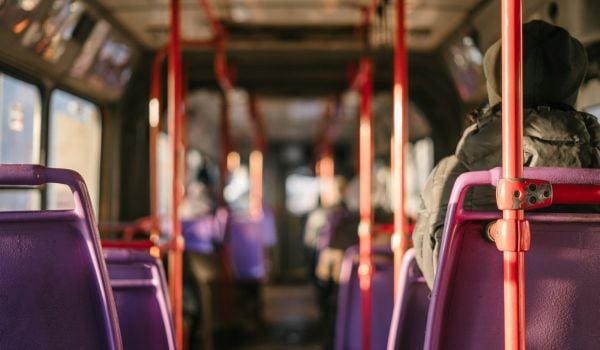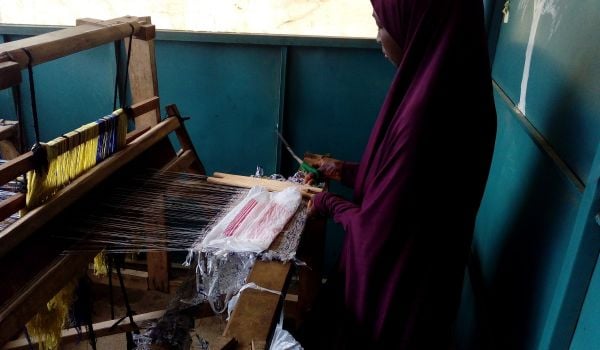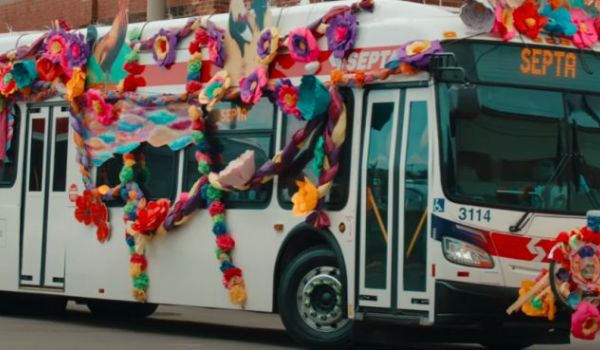For about as long as consumers have had access to GPS technology, scientists have wondered if our reliance on it harms our ability to navigate on our own. Signs point to yes, but given the way smartphone GPS has transformed the way we drive, bike, walk, get taxis and take transit, that might just be a tradeoff we live with for the foreseeable future.
Adam Cohen, a “complex network” scientist with Washington, D.C.-based ride-hailing startup Split, is using powerful computing and smartphone GPS to improve drivers’ route efficiency in real time. He says the same approach to transportation technology could someday change the way cities operate their transit networks.
Similar to Lyft Line or Uber Pool, Split is an app-based ride-pooling service. Users hail a car through the app and Split sends a driver to pick them up. If there are other users in the area going to similar locations, the driver picks them up too. It’s Cohen’s job to make sure the company’s computers are choosing the most efficient order to pick up and drop off passengers and fastest routes through the city. It turns out that makes for an incredible difficult math problem.
“You have to have information about road network, traffic conditions, travel times in different routes you could chose, how fast you can travel on those roads, where passengers are and where they’re going, how many open seats you have in your fleet on the road, where they’re already going,” explains Cohen.
He says it’s a version of the traveling salesman problem, a classic theoretical computer science problem that asks, with a certain number of cities to visit, what is the most efficient path for a traveling salesman to take?
If there were three cities, there would only be six potential routes to choose from. But that number quickly spirals beyond our brains’ abilities. With five destinations, you have 120 possible routes. With 10 you have 3.6 million routes. And so on.
Cohen’s job is to monitor system analytics and “tweak the algorithm and parameters” to make sure Split’s keeping seats as full as possible and drivers are taking the most efficient routes around D.C. (currently the only city Split operates in). In a recent post on Split’s blog, Cohen wrote, “It’s impossible to know exactly when and where the next pickup will be or next pocket of roadway congestion will emerge, so the routes are recalculated to respond in real time, similar to how you choose Pac-Man’s movements based on the random nature of cherries and Blinky.”
For Split drivers, this all translates to a constantly updating route being pushed to their phone telling them where to go between pickups and drop-offs.
Split grew out of Kutsuplus, an on-demand bus system in Helsinki, Finland. Launched four years ago, Kutsuplus used minibuses to pick up riders going to similar destinations. The Helsinki Regional Transportation Authority operated the system until the end of 2015 when they decided it was too expensive to justify, despite its growing ridership. Ajelo, the software developer behind Kutsuplus’ technology, has since merged with Split.
But though Kutsuplus didn’t last, Cohen thinks city transit agencies might some day adopt on-demand busing.
“Buses work really well during rush hour when you’re picking people up at big transportation hubs and they’re going work to home and home to work at peak times. But at off-peak times you have these empty buses driving around and long wait times because there’s less frequent service,” he explains.
Cohen says he can imagine a time in the not too distant future when cities start using on-demand bus service at off-peak hours.
“I think it’s something that’s going to happen more and more. Cities want to be smarter and more efficient to use the limited resources they have to move people.”
The Works is made possible with the support of the Surdna Foundation.

Josh Cohen is Crosscut’s city reporter covering Seattle government, politics and the issues that shape life in the city.
Follow Josh .(JavaScript must be enabled to view this email address)

















